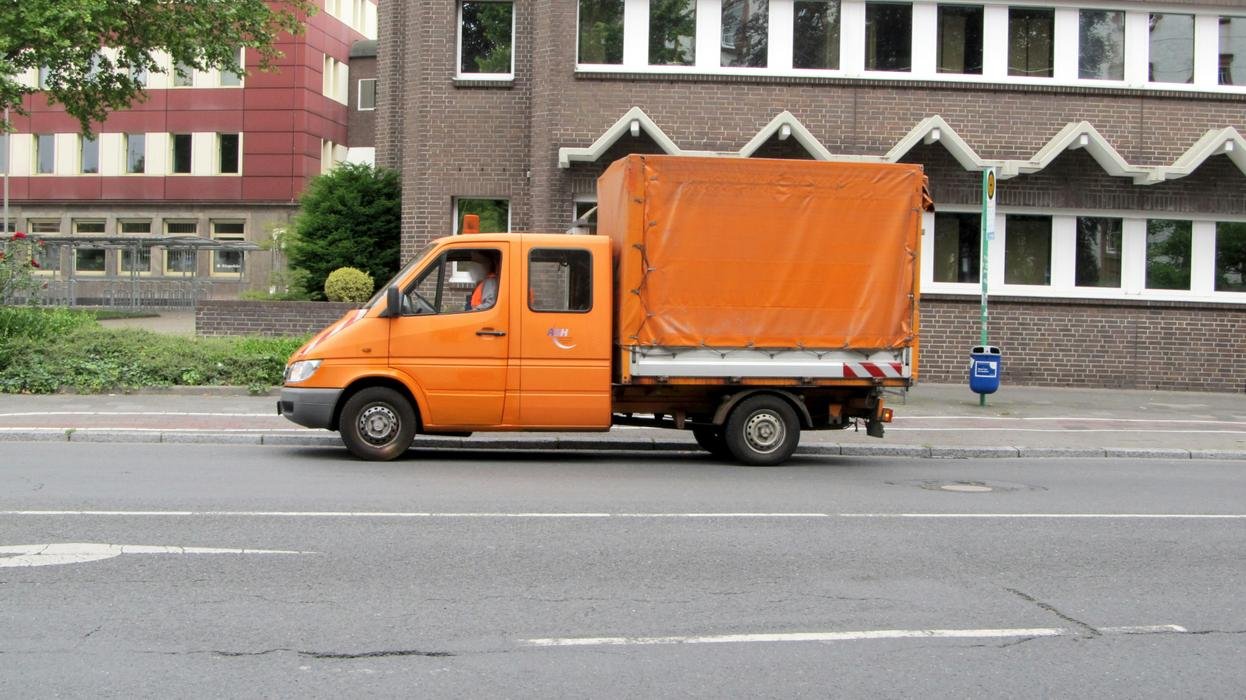How to Avoid Injury on Moving Day: Essential Tips for Safety
Moving day can be an exhilarating yet challenging experience. However, it can pose various risks that may lead to injuries if the right precautions are not taken. This article covers essential tips to avoid injury on moving day, ensuring a smooth and safe transition to your new home.
Understanding the Risks Involved in Moving
Moving involves the physical exertion of lifting heavy boxes, navigating stairs, and maneuvering awkwardly shaped furniture. Such activities can result in injuries like sprains, strains, and even more serious conditions if proper care is not taken. Recognizing these risks is the first step towards injury prevention.
Prepare Ahead of Time
Creating a Moving Plan
A well-thought-out moving plan can significantly mitigate the risk of injury. Assess your moving needs, gather necessary supplies, and outline a timeline. This plan should detail when to start packing, when to hire assistance, and when to arrange for utilities.
Gathering the Right Tools and Equipment
Investing in the right tools can make a world of difference. Use moving dollies for heavy items, furniture sliders for larger pieces, and padded blankets to protect both your belongings and flooring. Stretchable straps are also beneficial for securing items in the moving truck.
Physically Prepare Yourself
Assessing Your Physical Condition
Before moving day, take time to assess your physical condition. If you have any existing medical conditions or injuries, consult your doctor for the safest approach to your move.
Stretching and Conditioning
In the days leading up to your move, engage in light stretching and conditioning exercises. Focus on your core and leg muscles, which provide stability and strength during lifting.
Packing Smartly
Distributing Weight Evenly
When packing boxes, ensure weight is evenly distributed. Avoid overloading one box while leaving another light. Aim to keep each box under 50 pounds for manageable lifting.
Using Proper Packing Techniques
Pack heavier items at the bottom and lighter items on top. Fill empty spaces with packing paper or clothing to prevent items from shifting inside the box.
Lifting Techniques that Work
The Proper Way to Lift
Mastering proper lifting techniques is vital to avoiding injury. Always bend at your knees, not at your back. Keep your back straight and lift with your legs to protect your spine. Hold items close to your body to reduce back strain.
Team Lifting for Heavier Items
For large or heavy items, always seek assistance. Coordinate lifts to ensure everyone lifts in unison, minimizing the risk of injury. Effective communication is key; make sure everyone understands their role during lifts.
Navigating Your Space Safely
Clear Pathways
Before starting, ensure that pathways are free from clutter and obstacles. Eliminate any tripping hazards to prevent falls during the moving process.
Use Good Footwear
Choosing the right footwear is crucial. Wear shoes with good traction and support; avoid flip-flops or sandals that could slip off and lead to accidents.
Utilize Professional Help
Hiring Moving Experts
If your budget allows, hiring professional movers can significantly ease the process and reduce injury risks on moving day. Their skills and experience help navigate heavy lifting safely. Always check reviews to ensure their reliability.
Stay Hydrated and Take Breaks
Importance of Hydration
Hydration is often overlooked on moving day. Ensure everyone takes regular breaks and drinks water. Dehydration can lead to fatigue, making lifting and maneuvering dangerous.
Schedule Breaks
Make it a point to schedule regular breaks for rest and recharging. This practice can help maintain energy levels and focus throughout the day.
Following Up Post-Move
Stretching Post-Move
After moving, consider light stretching to alleviate any muscle tension that may have built up during the process.
Assess Any Injuries Immediately
If you feel unusual pain or discomfort post-move, do not dismiss it. Seek medical attention promptly to prevent long-term damage.
Frequently Asked Questions (FAQ)
Q1: How can I avoid back pain on moving day?
A1: To prevent back pain, always lift items using proper techniques by bending at the knees, avoiding box overloads, and taking frequent breaks while staying hydrated.
Q2: What are some common injuries that can occur while moving?
A2: Common injuries include muscle strains, sprains, back injuries, and cuts. Preventative measures are essential for avoiding injury on moving day.
Q3: Is it better to hire professionals or move on my own?
A3: While DIY moving can save money, hiring professionals significantly reduces injury risk. They possess the experience and tools needed for safe heavy lifting.
Q4: How important is stretching before moving?
A4: Stretching is vital before moving as it prepares your muscles for physical exertion and significantly reduces injury risk.
Q5: What should I do if I get injured on moving day?
A5: If injured, stop your activities and assess the injury. Ice the affected area if it’s a sprain or strain and seek medical attention for severe injuries.
In conclusion, moving can be a daunting task, but by incorporating these tips on how to avoid injury on moving day, you can facilitate a smoother and safer transition. Prepare in advance, employ proper techniques, and don’t hesitate to seek assistance, whether from friends or professionals. Prioritizing your health and safety should always come first!












No Comments
Sorry, the comment form is closed at this time.